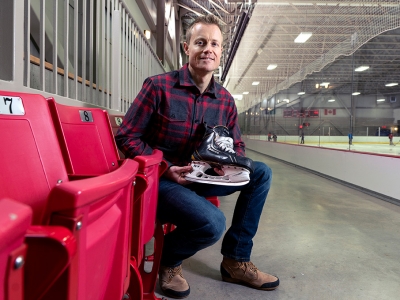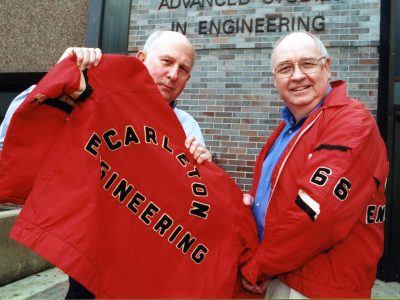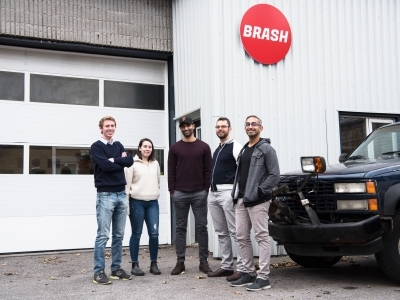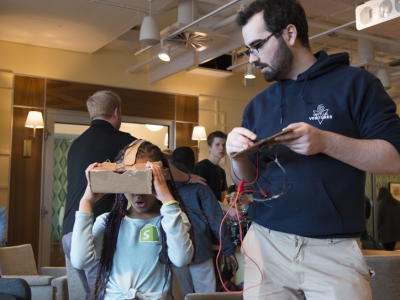By Leah Coppella
Professor Stephen Fai knew that the global switch to an online world amid a pandemic was an opportunity for innovation at Carleton University.
As Director of the Carleton Immersive Media Studio (CIMS), Fai leads a research centre that champions multi-disciplinary research — bringing together students and faculty from across campus.
“Our research brings novel applications of digital technologies to the architecture, engineering and construction industry,” says Fai. “CIMS has had a particular focus on architectural conservation and rehabilitation, but over the past two years we have started contributing to new builds as well.”
From reality capture and digitization to modelling, CIMS also covers research areas like digitally-assisted fabrication and digitally-assisted storytelling. And it’s the latter that Fai and his team are being applauded for this fall.
This September, CIMS launched a first of its kind virtual campus tour.
For the past few years, CIMS has been working on a digital model of Carleton’s campus, with the primary purpose of that model focusing on facilities management — representing the campus infrastructure and landscape — from detailed buildings to locations of light standards and even the number of trees.
But in just three weeks, CIMS has taken that technology and made it a fully accessible virtual campus tour geared towards new undergraduate students.
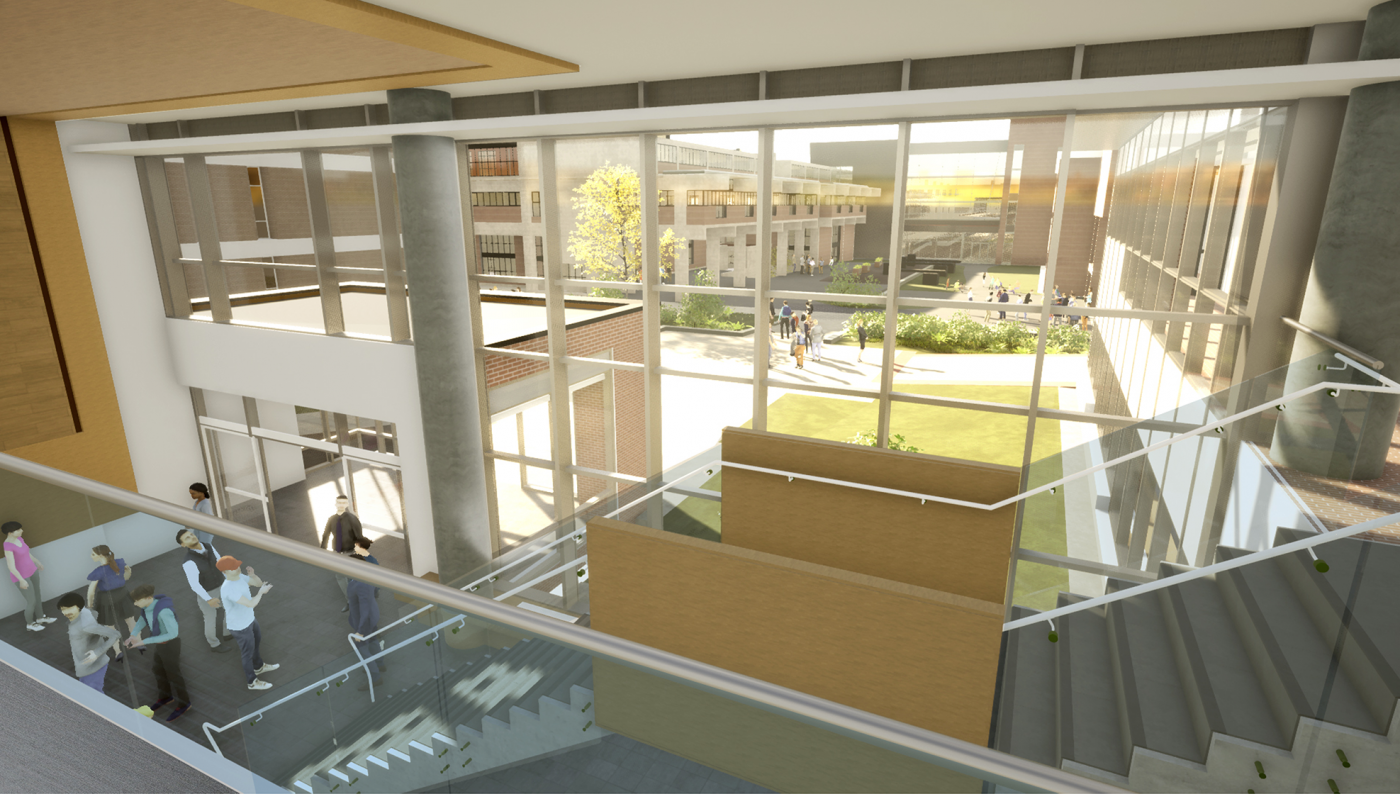
After meeting with the Faculty of Engineering and Design (FED) in mid-August, Fai and his team at CIMS began the challenge of replacing in-person tours with an innovative online experience. The project was developed in close collaboration with FED’s associate dean, Student Success, professor Robert Langlois, and Engineering Outreach Coordinator, Nikitha Gajudhur.
Fai captured 360-degree photos of 30 significant spaces in FED buildings, which the CIMS team then incorporated into an animated campus walk-through using the model described above. Viewers walk through the digital space and explore further by engaging with the photosphere. In addition to this, users at home can use their own virtual reality headset or a mouse to experience the tour. The 40-minute tour is accompanied by an audio track describing the purpose of each space.
And this is only Phase One for CIMS. Phase Two will bring the animated experience to another level.

Developed in collaboration with the Faculty of Engineering and Design, CIMS’ tour features 360-degree photos of significant spaces within Carleton’s Architecture Building, Canal Building, Minto Centre for Advanced Studies in Engineering, Mackenzie Building and Azrieli Pavillion, along with an interactive animated campus walk-through.
“That’s when we started thinking – what if we took that model and made a game environment out of the university campus?” Fai explains.
Once launched, this new software will allow students to engage with a digital version of campus in real time — motivated by a series of tasks and rewards.
“For example, students could be asked to exit the O-Train and make their way to the library and once they acquire a certain book, they could proceed to the next level within the game,” says Fai.
While Phase Two is still being developed, Fall 2020 students can explore Phase One, which launched on September 8.
Nico Arellano, a second-year PhD student in architecture, joined CIMS three years ago and has been leading the digital campus model for over a year, finding ways of reducing CO2 emissions in campus facilities.
After creating different algorithms to integrate data from various sources into one federated model, he started to brainstorm ways to diversify its use.
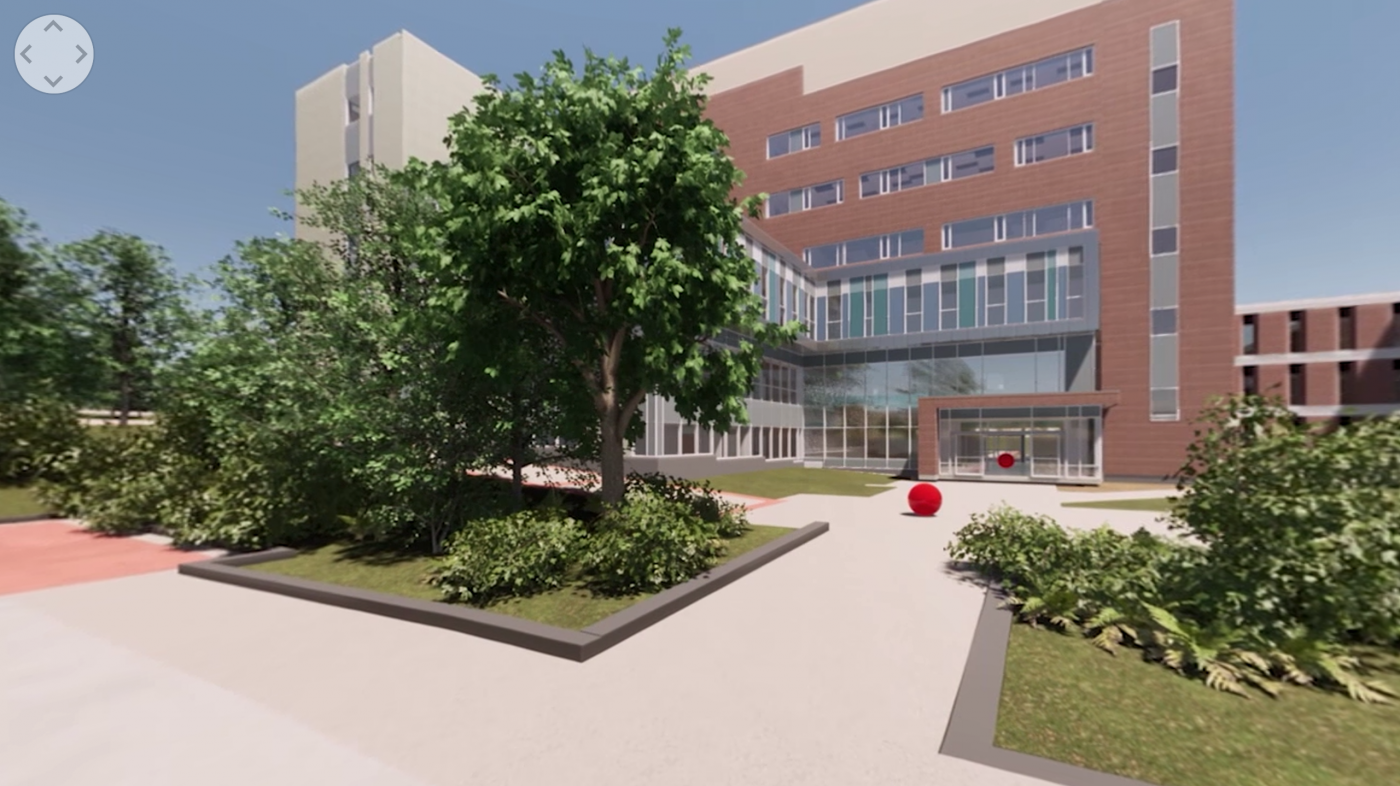
“In a few weeks, we gathered an amazing team of Carleton students that were working at CIMS for the summer and we worked nonstop to develop the tour project,” Arellano says.
“We wanted to make the experience as close as possible to a real campus tour. Our goal was to make it interactive and engaging, and feel less like a passive audiovisual experience.”
A major challenge in creating the virtual tour was rendering time, which took about 20 computers working simultaneously to accomplish.
“This process required huge computational power, and some of the videos took more than a day to render,” Arellano says. “Moreover, having the whole team working remotely required perfect coordination and communication.”
Kaleigh Jeffrey, a 2020 graduate from the Bachelor of Architectural Studies program, joined CIMS when she wanted to gain more research experience and knowledge on how to work with heritage buildings.
“I have always admired the team-oriented environment that CIMS has to offer, as well as their ability to produce so much incredible work in very limited amounts of time,” says Jeffrey.
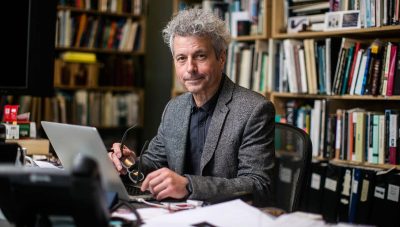
Professor Stephen Fai, Director of the Carleton Immersive Media Studio
This summer, she worked as a researcher and will be continuing to work on exciting new projects like this virtual tour, throughout the rest of the year.
“I was first brought on to this project to assist with the Building Information Model, to model some of the remaining areas within the campus that needed to be completed for the tour.”
Later, she helped materialize the buildings and surroundings in order to make the model seem as realistic as possible. She also helped in rendering some of the frames and in post-production, where she created animations of FED buildings and laid out the 360 images and video.
“Knowing that the tour will have a big impact, that it will really help to engage the students, to help them learn more about the campus and, hopefully give them a sense of comfort during these difficult times was the most rewarding aspect,” says Jeffrey.
Developing the tour as a virtual presence for students was important to both FED and CIMS, especially to provide some sense of normalcy for new undergraduate students this fall.
“It’s so rewarding to provide new students with the opportunity to get an idea of what their faculty looks like, given that in-person orientation wasn’t possible,” Arellano says. “Even though nothing replaces exploring campus in person, we wanted to make sure that they could still get a memorable experience of their first day of school.”
Along with Fai and Arellano, Jeffrey is ready for whatever comes next.
“I hope we can continue enhancing this virtual campus and keep presenting it in new and exciting ways that benefit students,” she says. “I can’t wait to see how much the project will continue to develop as we move into its next phase.”
Thursday, October 1, 2020 in Alumni, Architecture, Experiential Learning, Feature Stories, Graduate, Research
Share: Twitter, Facebook
